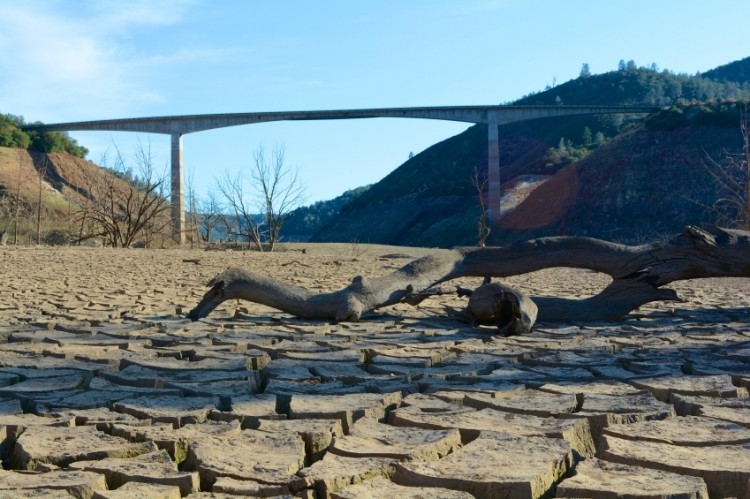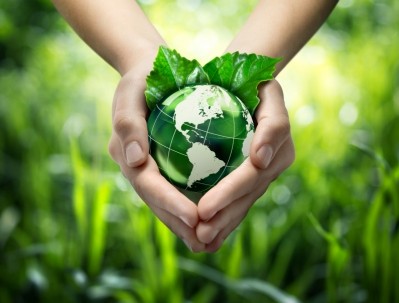The world faces a 40% water deficit by 2030: Rabobank

In a report published this week, food and agriculture researchers at Rabobank said: “Water challenges or water stress can happen to almost any given country, regardless of location or historic water availability.”
A possible solution could be to raise the price of water in some areas while reducing them in others.
The report, Agricultural Water – Free Flowing Markets Sustain Growth, spells out how, as countries continue to develop, greater incomes and food consumption increases pressure on agricultural producers and water.
The report said: “Unless public and private investments are made in better water management throughout the world, a 40 percent global water deficit is expected by 2030.
“More robust water markets will lead to more economically efficient water allocations and investment, but government intervention is needed in order to control unintended costs to society.”
‘We have no choice’
Speaking to FoodNavigator, one of the report’s authors, Vernon Crowder, said he was “absolutely confident” that the necessary public and private investments can be made to avoid the 40 per cent global water deficit expected by 2030.
He said: “There is no choice in the long turn. Markets ultimately resolve problems of scarcity. The question is how markets and appropriate governance will efficiently be implemented to encourage better management and necessary investment.”
Crowder added that there are signs that the process of international discussion over water allocation had begun.
He said: “There is some talk among policy makers and more among some academics, but the amount of water stress in key agricultural production areas indicates this talk and actions are not enough at this time.”
Water needs not met
In 2014, the UN estimated that roughly 3.5 billion people’s basic water and/or sanitation rights were not being met.
The Rabobank report said that, while basic access to safe and affordable domestic water and sanitation is primarily a third-world problem, increasing climate variability can create this basic challenge in the most developed regions of the world.
The report said: “The world must increase its usable water supply and effectively manage water demand, while ensuring that everyone has access to enough water to meet their basic consumption and sanitation needs for survival.
“These tasks must be balanced with providing rural communities and the agricultural industry access to enough water to be economically viable and to feed a growing world population.
“At the same time, global economic development requires enough water to support increased demand for energy production and industrial use. Additionally, water must be used to maintain ecosystems and other natural amenities. All of these competing needs must be met, against a backdrop of increasing climate variability. Proper allocation of existing water resources is critical.”
The report admits that the expansion of water markets could make water less affordable for some agricultural producers, especially smaller farmers, but will decrease water uncertainty for agriculture as a whole.
This could mean that, in some regions, the cost of water will rise while falling in others.
Price should reflect scarcity
“Unless prices for water accurately reflect its scarcity, users will demand more than the amount available.”
The report notes that globally, many developed countries have — or are implementing — water markets. However, stages of development differ by country and region.
“Countries that are still newly industrialised or are climbing further up the ladder of economic development—such as China, India, Brazil and Chile—still have work to do in order to further advance their current water market structures. Political stability, property rights, government investment and more advanced institutions will help these regions improve their current situations.”
The report added: “There are few — if any — countries in the world that don’t need to make changes.
“Globally, governance is needed to develop systems which are not only sustainable, but also replenish current deficits caused by years of overuse. International discussions will need to happen to properly allocate water where it is needed.”

























